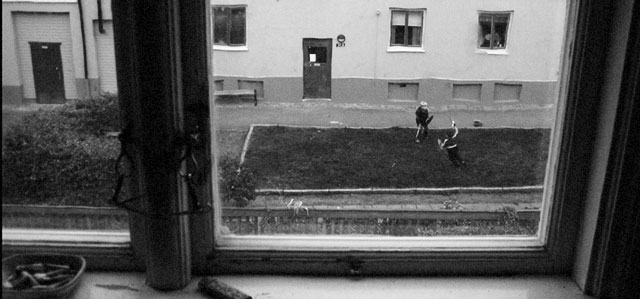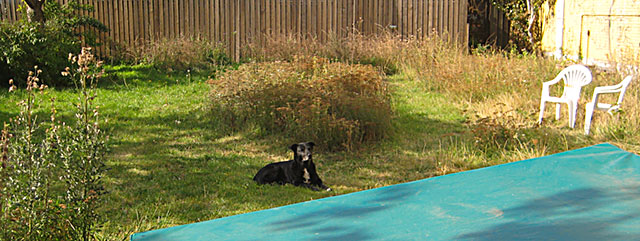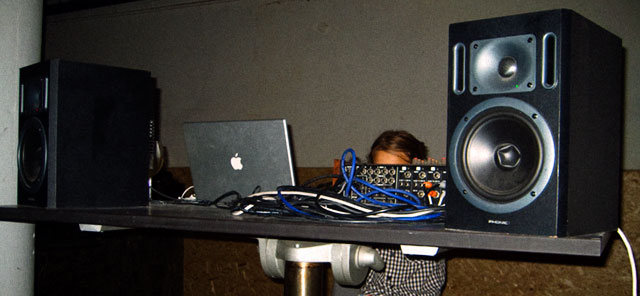Desktop Factory might be the LaserWriter of additive manufacturing. Priced at under $5000 it’s cheaper than the LaserWriter was, and would allow individuals to buy it for themselves or collectives to scrounge funds together. I would love to play around with it; Barring too high running costs (think of the ink in printers) you could do limited edition runs of stuff.
Maybe the RapMan would be good starting kit for a workshop on building and using 3D printers? I’m actually more interested in building the kits than I am using them, but I guess that the practical applications will reveal themselves once I know what can be done. Or whenever I need a new filterholder for a on-camera-flash or something such.
In the end, I’d probably do what everyone does when confronted with a creative outlet with endless possibilities and print genitalia. But it would be a rapidly prototyped genitalia how cool wouldn’t that be!
The link to Desktop Factory came via Fabbaloo, an excellent fabbing blog with a silly name. Then again, once the 3D printing revolution happens and your ten year old kids will print the latest manga characters, they might very well shout “Faa-baa-loooo!” so perhaps it’s just good brand positioning on their part.


Over at blog.ponoko.com there’s a debate in the comments section about how object models will be pirated, and what effects this will have on the designers and manufacturers of stuff. It’s odd how similar the discussion is to the one about music and movie piracy.
Morals don’t always dictate if we pirate or don’t, but rather convenience. What is considered ethical will be adjusted to the technological lowest common denominator, just as will the job market. It’s not a fair way of going about it, but I don’t know how designers of stuff will make a living in a post-fab world, nor how they can hope to stem the tide of obsolescence. Sitting back with some popcorn and watch the slowly dawning realisation on the faces of panicked designers might become the new spectator sport.
Fabb it all and let the added value sort the back end, maybe? This approach hasn’t prevailed among the more litigious media companies, nor curbed their enthusiasm of that business model. I don’t see the future of fabbing to be any different.
In Neal Stephensons book The Diamond Age nano-manufacturing is a reality. People use matter compilers (MC) to make food or clothes or anything else that they might need or want. (Similar to the cornucopia machines of Charles Stross Singularity Sky
, the acronym of which is CM, curiously enough) As long as they have the blueprints for something, they can build it. As long as you have access to a feed line you can use it to make stuff. (This is part of what fabbing might offer, even though we’re far off from nano-assembly)
In the book there’s talk of the seed, a concept where you’ll have self-contained seeds that can grow into whatever you’d like. The difference being that their energy stores are self-contained and wouldn’t have to rely on a centrally controlled feed, much like a seed draws upon the earth and surrounding nutrients when growing. One variation on this theme is presented on by Sascha Pohflepp in the work Growth Assembly, a series of drawings reminiscent of the Codex Seraphinianus but with real-world application instead of high fantasy.

As for fabbing in art, I still haven’t found much worth mentioning. I might be looking in all the wrong places though.
Peter Jansen did a sculpture series, Strange Attractors, using 3D printing to create molds which are then cast in bronze. the shapes themselves are created using the Chaoscope software, which itself is used to generate representations of strange attractors (something I’m wholly unqualified to tell you anything about except that it’s related to chaos theory) examples of which you can see in their gallery. They make for pretty pictures, and to someone who understands the math involved I’m sure there’s an theoretically beautiful part that is unknowable to the rest of us, but it’s just not very interesting. Casting them in bronze doesn’t add much conceptual value to them, neat though it might be.
A better beginning would perhaps be Peters Human Motion series, but I’m not certain if they’re fabbed or traditionally sculpted and cast. As a comment of a technology on its relationship to space and previous art — Nude Descending and Muybridges studies of motion — it might be an interesting statement of intent. But halting there, making the object itself the work of art, would be dull. As it stands I don’t even know if the motion series was fabbed, but one would hope that there will be more to the tech than mere convenience for sculptors. Not that I begrudge them that, mind.
The link to Peter Jansen came via Metafilter: Human Motions